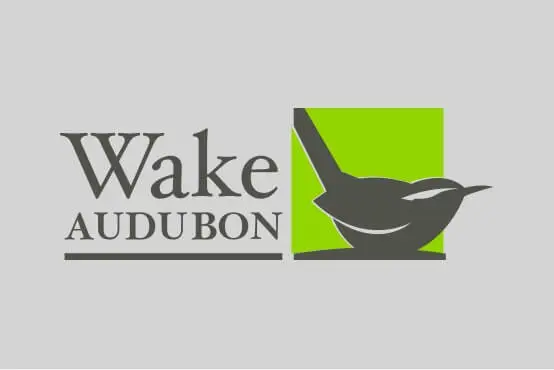- Home
- Conservation
Conservation
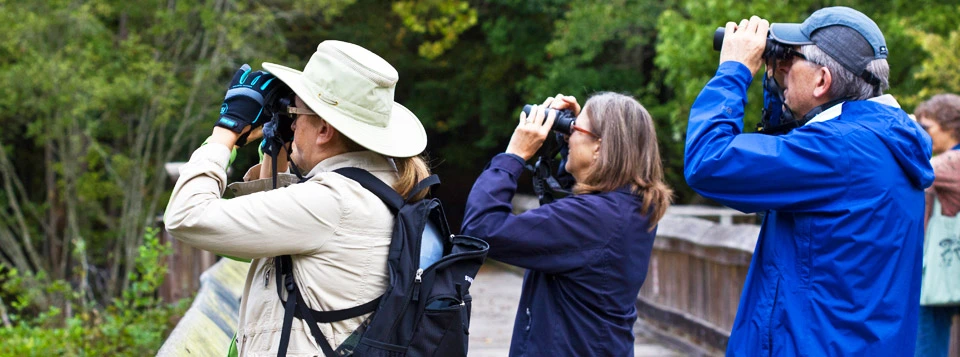
The Christmas Bird Count and the Spring North American Migration Count are two long-term projects in which Wake Audubon participates. These important counts are conducted across the country and provide data on trends in bird populations over time. You can participate in these counts whether you are an expert birder or just learning bird identification. Look on our calendar for the specific dates and contact information and join a team for a morning of birding that will contribute to our knowledge of birds. Click below link to learn more about the Christmas Bird Count. You can also learn more about the Spring Migration count.
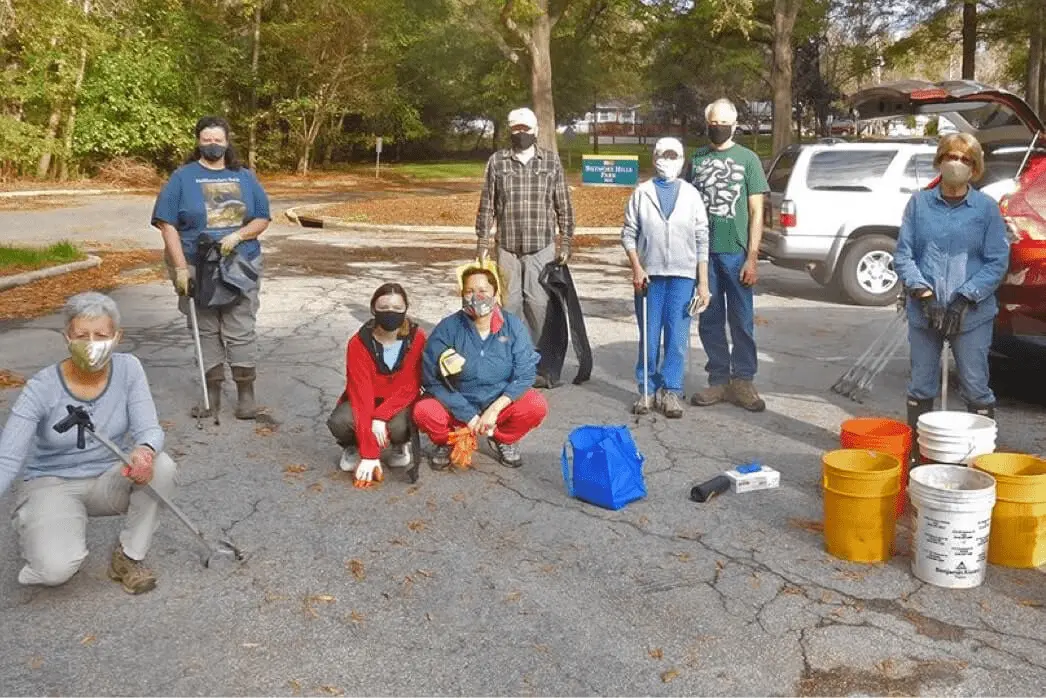
Stream Clean-ups are spring and fall events that help keep our local waterways free of debris. Clean-ups are important for aesthetics, but also for the birds, fish, turtles, frogs and many other creatures that depend on the water for their health. Wake Audubon has adopted a stretch of Walnut Creek and organizes volunteer clean-up days for this area in coordination with other environmental groups. Please check our calendar for the specific dates and contact information if you would like to spend a morning working with other volunteers on a stream clean-up. Click on the below link for more information and photos from recent events.
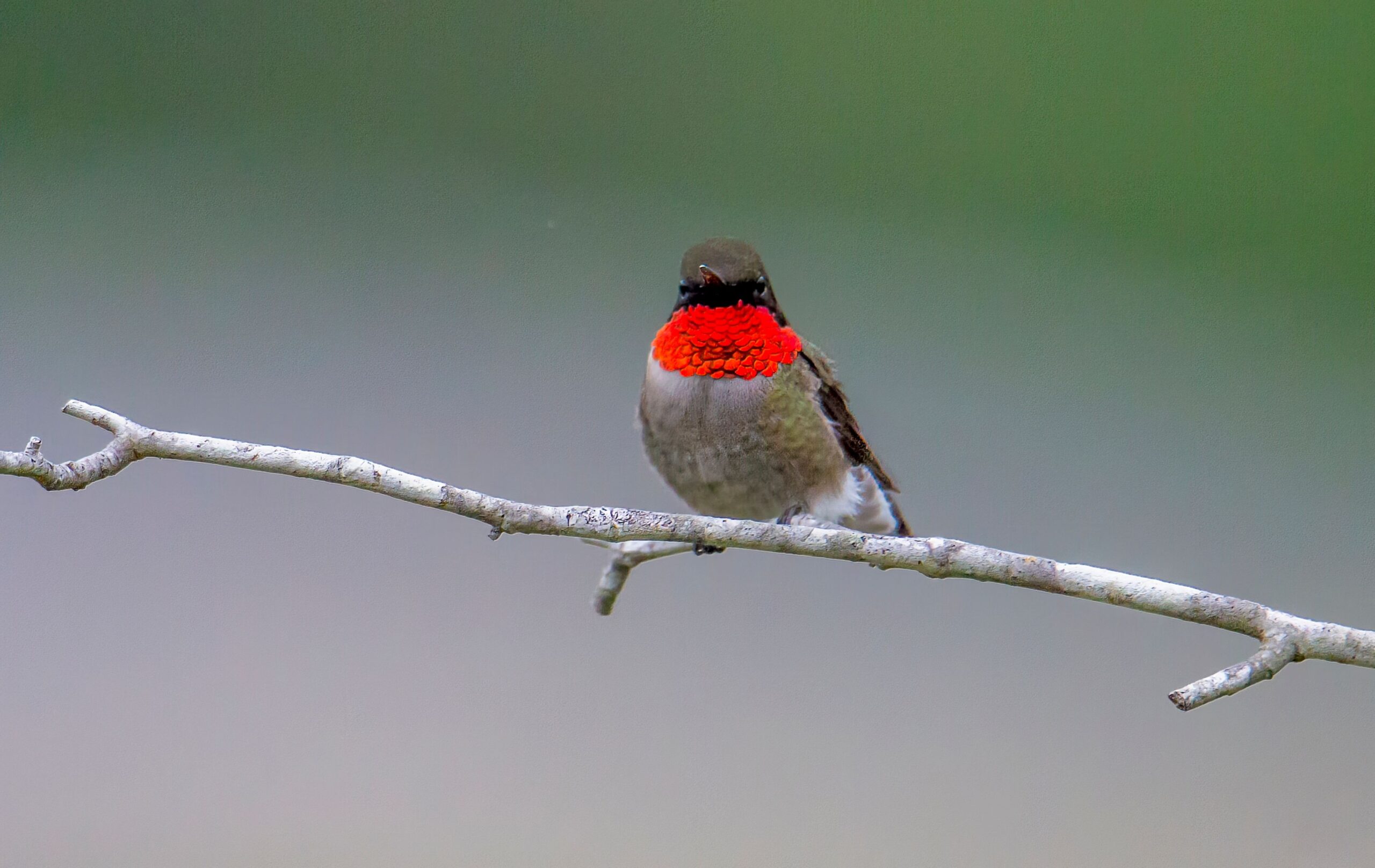
“Bird of the Year” is a program that highlights conservation issues regarding a bird species found in Wake County that is of concern because of population decline. Our goal is to increase our members’ knowledge about this species and awareness of steps they can take to protect this species. Since 2008 we have recognized the Prothonatory Warbler, Purple Martin, Loggerhead Shrike, Chimney Swift, Eastern Meadowlark, Brown-headed Nuthatch, Field Sparrow, Grasshopper Sparrow, Brown Thrasher and Red-shouldered Hawk, Red-headed Woodpecker, Eastern Towhee, Wood thrush and American Goldfinch. Visit the “Bird of the Year” page to learn more about these birds.
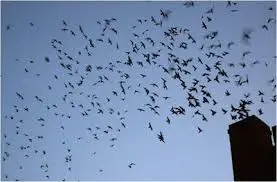
Wake Audubon planned and funded the construction of the Chimney Swift Roosting Tower at Prairie Ridge Ecostation in Raleigh. The tower provides a permanent roost site for Chimney Swifts as the number of alternate local sites are dwindling. Click here to learn more about this species, the concerns that caused us to take action, what to expect when you visit the site, and education and research plans.
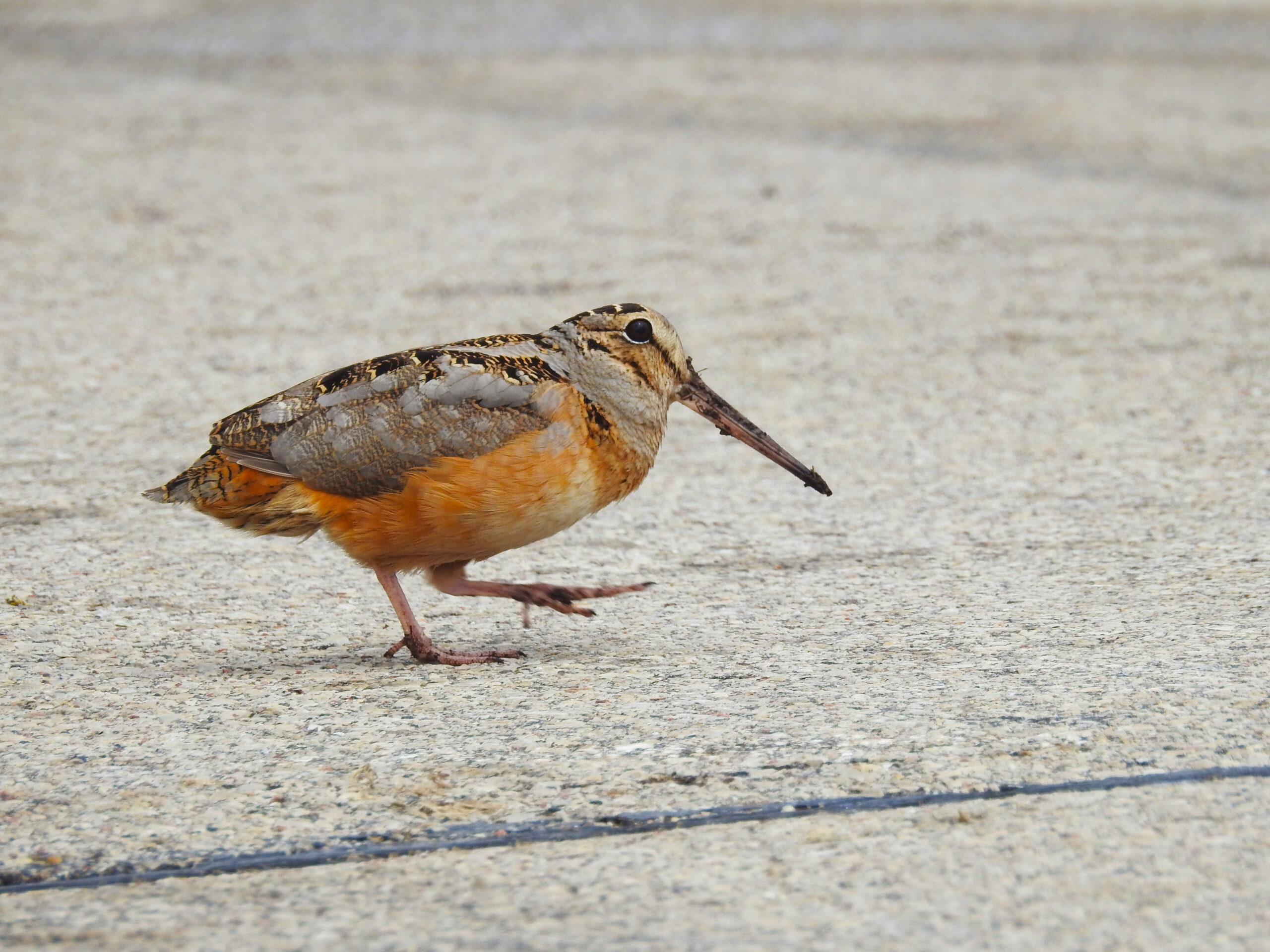
The American Woodcock is a remarkably well-camouflaged bird that inhabits moist forests across the eastern U.S. and Canada but is categorized as a shorebird. They spend time probing the soil at night with their long bills to feed on earthworms and other invertebrates. The American Woodcock’s nocturnal lifestyle, inconspicuous plumage, and low-profile behavior make it typically quite difficult to find. However, at dawn or dusk in springtime, the males can be found showing off their stunning aerial displays. Woodcock researcher, John Conners, shares his knowledge of these birds with Wake Audubon through bird walks and habitat restoration projects. Join us at our next event!

Wake Audubon works with the City of Raleigh Parks to provide advice and volunteer help with conservation projects. We have adopted Anderson Point Park and work with the park staff on maintaining the meadow there that serves as habitat for sparrows, Eastern Meadowlarks, and other grassland birds. We have also installed nest boxes at this park and at Horseshoe Farm Nature Preserve. Contact Wake Audubon if you would like to be involved in conservation projects at our local parks.
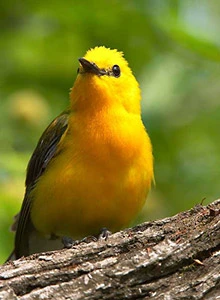
The Lumber River is one of North Carolina’s Important Bird Areas (or IBAs), which are sites that provide essential habitat for one or more species of bird. IBAs include sites for breeding, wintering, and/or migrating birds. A rich diversity of plants is found in and along the Lumber River as it winds from the sandhills to the coastal plain. Barred Owl, Prothononotary Warbler, Great Blue Heron, Belted Kingfisher and Spotted Sandpiper fly low over the dark water. Beaver and River Otter are often seen in the water and along the shore. Wake Audubon adopted the Lumber River IBA and conducts periodic bird counts along the river. Contact us if you would like to join a group paddling down the river or birding along the shore.
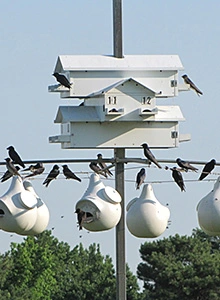
We have partnered with the NC Purple Martin Society to monitor nesting success each year at the University Club and Prairie Ridge . If you have the right habitat for a Purple Martin colony, contact us and we will provide you with the information you will need to be successful. Purple Martins are colonial, with dozens of martins nesting in the same spot; they feed in open areas, especially near water. In the East, they nest almost exclusively in nest boxes and martin houses although in the West they nest in natural cavities.
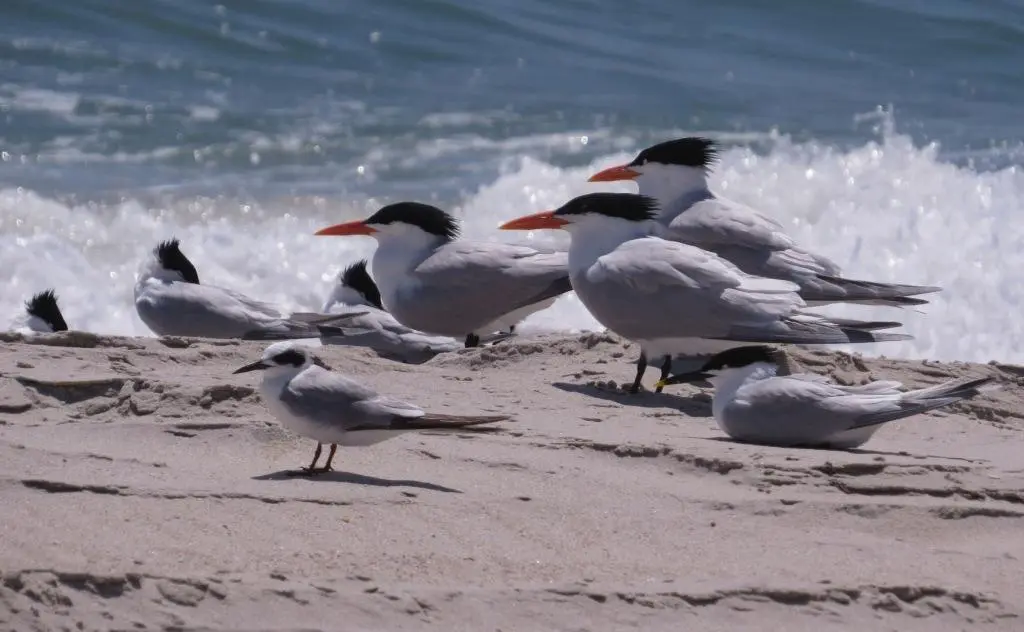
Our spring Wildathon proceeds support the North Carolina Herpetological Society’s Project Bog Turtle and the Audubon North Carolina coastal sanctuaries, as well as Wake Audubon’s own conservation projects. Support our team or form your own.


